What do I need to know before traveling to Tibet?
Traveling to Tibet is one of the most amazing experiences on the planet. Few feelings are comparable to driving through the mighty Himalayas, walking a kora around the world’s most sacred temple in Lhasa, or standing in the shadow of the highest mountain on the planet. A trip to Tibet is filled with wonder and amazement and is an adventure above all others. However, before you travel to Tibet, there are some things you should know about to ensure your trip is as pleasant as possible.
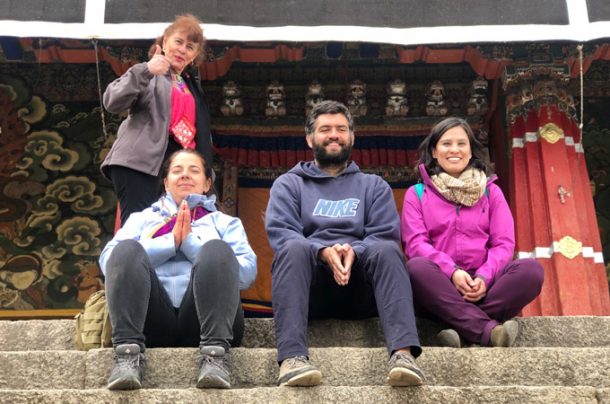
Table of Contents
Organized Tours
Before you can even be traveling to Tibet, you need to book your tour. And this is unlike any other tour you might take elsewhere in the world. Independent travel to the Tibet Autonomous Region is strictly prohibited, and tourism in the region is regulated and controlled. For international travelers, the only way to get onto the plateau in the TAR is to book a pre-arranged tour of the region with a registered Tibetan travel agency. This restriction is in place for several reasons, not the least of which is to protect the plateau’s delicate environment from damaging mass tourism.
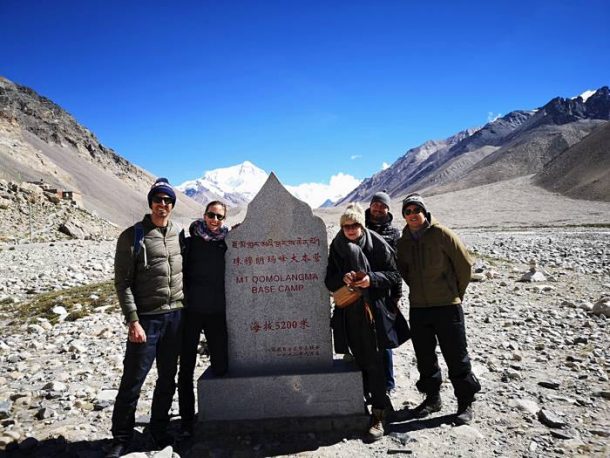
To book your tour, you first need to obtain a Chinese Entry Visa (if entering the TAR from mainland China), which is then used with your passport to apply for your entry and travel permits to Tibet. The tour operator is responsible for all of your travel requirements, from organizing the guide and vehicle (international tourists are not permitted to use public transport outside Lhasa) to obtaining the permits, entrance tickets, and other things for the tour. You can book your own hotel if you wish, but it is much simpler to let the travel agency do it for you.
While some people see this as a disadvantage and restriction on their travel, it actually makes it much easier, as the travel agency does all the work, while you just get to enjoy the tour without the hassle.
The Tibet Travel Permit (and others)
As mentioned earlier, the travel agency is responsible for obtaining the various permits for travel into and around Tibet, which are separate from the Chinese Entry Visa that you require to enter China in the first place.
The first permit you need, and the most important since you cannot get any of the others, is the Tibet Travel Permit. Renowned in the tourism industry, and often known incorrectly as the Tibet Visa, the travel agency’s permit is applied once you have booked and paid for your tour. The application process is not open to individual applicants and can only be processed once a pre-arranged tour has been booked. The application process takes around 10-15 days, though it has been known to take both more and less time, depending on the year. The permit is required to board the trains and flights to Tibet and be necessary for travel around the region.
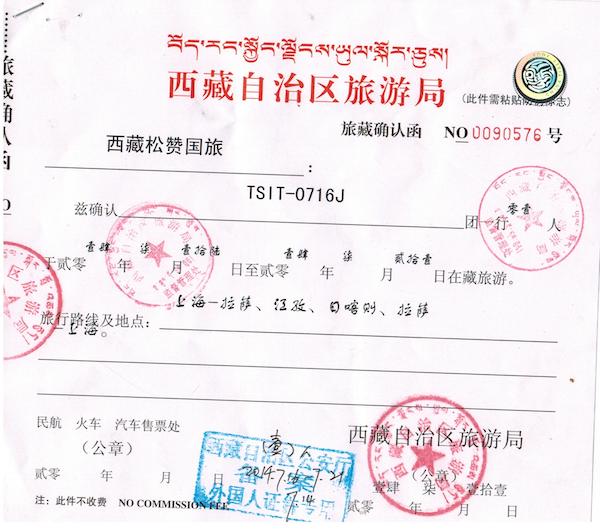
Depending on where you travel in Tibet, you may also need other permits and passes, including the Alien’s Travel Permit, for travel to areas of Tibet outside Lhasa; the Restricted Areas Permit, also known as the “military permit,” which is required for travel to certain areas of the region, including Ngari and Nyingchi; and the Frontier Pass, which you will need if you are traveling in the border areas with Nepal, India, and Bhutan, including visiting Mount Everest.
Travel into and around Tibet
Getting into Tibet is not too hard, and you can choose several different routes with different means of travel. The main route is mainland China, with flights and trains departing from multiple locations across the country to reach the plateau capital. While flights to Lhasa are faster, they are also more costly, so many people opt for the slower and cheaper trains. These are an adventure in themselves and are great for sightseeing along the Qingzang Railway as you rise to the plateau and cross the grasslands and mountains to Lhasa.
Alternatively, you can be traveling to Tibet from Nepal, the only country with international access to the region. Flights run daily from the Tribhuvan International Airport in Kathmandu to the Lhasa Gonggar International Airport in Tibet. It takes around 90 minutes and crosses directly over Mount Everest’s peak. Or you can take an overland trip to Lhasa instead, crossing the border into China at Gyirong Port and taking your tour in reverse, ending with the sightseeing tour of the Tibetan capital.
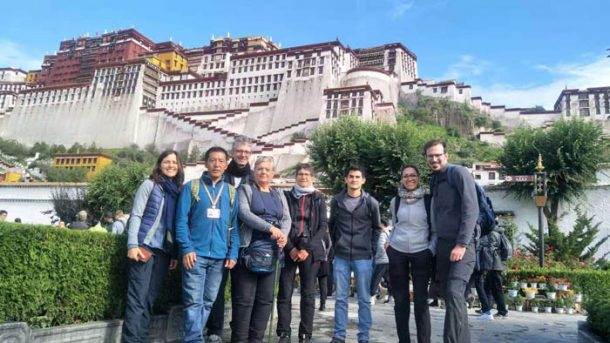
Traveling around in Tibet is simple. You just get driven anywhere you are going by your organized driver, in a private tour vehicle, often a 4×4, because of the rough terrain. As independent travel in Tibet is not permitted. Your travel agency will provide you with a private vehicle and driver, as well as a registered guide, for the entire trip. It is possible to use the local bus inside the Lhasa city limits and wander around the city without your guide, but it is not recommended. But for anywhere else you are heading in your itinerary, you will be driven in the tour vehicle and travel with your guide at all times.
And your guide is also your ticket into the attractions and monasteries across the region. Your travel agency will arrange all of the tickets for the major attractions, such as the Potala Palace, which will be pre-booked in advance for a certain day on your tour. However, you will need to be with your guide when entering, or you will not be permitted to enter. This is the same for all attractions across Tibet, including the small remote monasteries and temples. This is a distinct advantage, as the guides are experts on Tibet and its history and will keep you well informed on all of the places you visit.
The high altitude of Tibet
Tibet has an average altitude of around 4,500 meters, which means that it is classed as an extreme altitude for most regions. Mount Everest’s summit lies at just 8,848 meters above sea level. It puts the plateau and over half of the height of the highest point on the planet.
Altitude sickness is common when traveling to Tibet from lower altitudes but is not something to worry about if you allow yourself to acclimatize properly. One of the biggest mistakes of altitude sickness is assuming drugs can stop it. While some drugs can help relieve the symptoms, there is no outright cure or prevention.
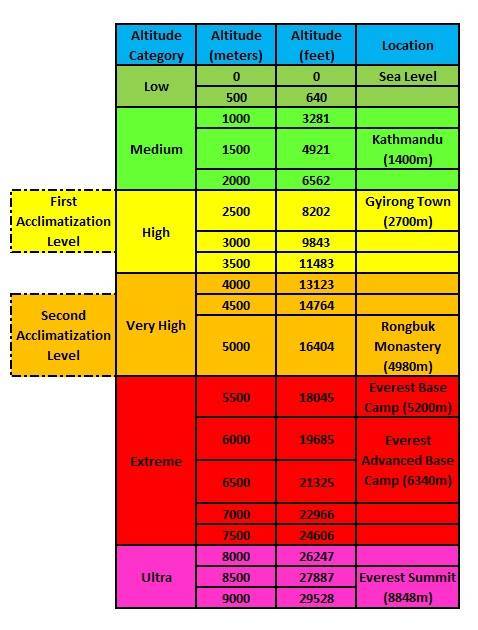
Altitude sickness is caused by the body not getting enough oxygen in the blood due to less oxygen in every breath at high altitudes. Your body will naturally produce more red blood cells to counter this, but it can take a day or two to feel better. The main symptoms of altitude sickness include headaches, nausea, shortness of breath, dizziness, and a general feeling of malaise. Most people get over it within 24-48 hours, with proper rest and the right diet, remaining hydrated, and refraining from strenuous exercise, alcohol, and smoking. Overall, altitude sickness should not spoil your trip and really feels very much like a hangover without the fun of drinking first.
Recent Posts
The Ultimate Guide to Tibet Tours, Travel, and Trekking Adventures
How to Explore Tibetan Culture
Exploring Lhasa:The Heart of Tibet
All Categories
- About Tibet
- book a Tibet tour
- Buddhism Practice
- Budget Tour
- China-Tibet Train
- Customized Tibet tour
- Historical Sites
- Hot Springs in Tibet
- News
- Photography in Tibet
- Tibet attraction
- Tibet Group Visa
- Tibet Motorcycle Tour
- Tibet Small Group Tours
- Tibet Tours and Tibetan Tour Guide
- Tibet Train
- Tibet Travel FAQs
- Tibet Travel Information
- Tibet Travel News
- Tibet Travel Permit Update
- Tibet Travel Prices Rises
- Tibet Trek
- Tibet Trekking Tour
- Tibet weather and climate
- Tibet Wildlife animals
- Tibet Winter Tour
- Tibetan Buddhism
- Tibetan Cultural Features
- Tibetan Culture and Poeple
- Tibetan Festivals
- What to see in Tibet



